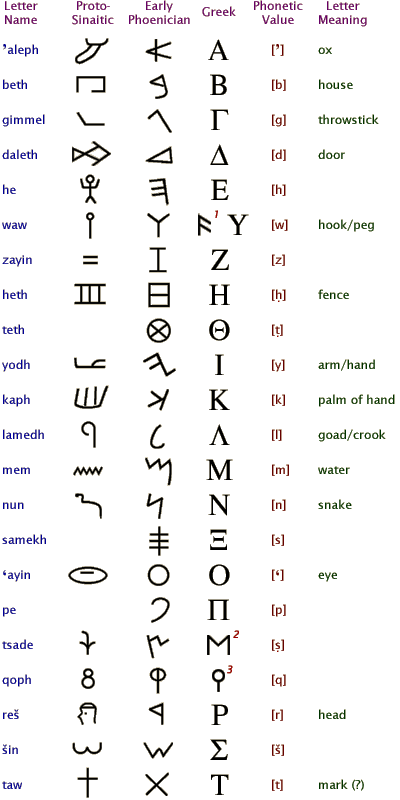Rise and Fall - and expansion as well
-
Civilizations of the first millennia BCE continue pattern of instability
-
Period of expansion, generally through conquest
-
Expansion leads to over extension
-
resources strained, leads to famine, instability
-
overextension means vulnerability to sudden shocks
-
-
-
But at same time, large scale regional and multi-regional networks developing
Limitations of Empire
-
Zhou Dynasty China (1045-256 BCE)
-
western horsemen conquer Shang region c. 1045 BCE
-
develop a feudalistic system of government
-
vassals receive land from king in exchange for military service
-
loyalty maintained through elaborate ritual
-
-
Zhou justify rule through idea of Mandate of Heaven
-
Shang failed in duties to gods, failed to rule and live in a moral fashion
-
Zhou fulfill these obligations, gain the Mandate
-
-
Vassal system leads to decentralization
-
breakdown of Zhou imperial power by 771 BCE
-
Zhou kings flee east, power greatly diminished
-
vassals compete among themselves
-
China descends into near constant warfare (Warring States Period, 403-221 BCE)
-
-
Despite warfare, Chinese cultural region expands; much intellectual innovation
-
-
Empire building in the Eastern Mediterranean
-
Assyrian Empire (c. 750-620 BCE)
-
rapidly expanding militarized state conquers much of Middle East, Anatolia, neighboring regions
-
maintains power through heavy tribute demands and extensive imperial display
-
expansion and display lead to overextension, collapse
-
-
New Babylonian Empire (c. 620-562 BCE)
-
succeeds Assyrians, uses similar tactics
-
establishes powerful imperial metropolis
-
but again, unsustainable
-
-
Commercial and Trade-Based Expansion
-
Phoenicians
-
Originate in East Mediterranean (roughly modern Lebanon)
-
wealth based on Mediterranean trade
-
Establish colonies throughout Mediterranean c. 800 BCE
-
Enables survival of Phoenician culture after home region conquered
-
Modern alphabets trace origin to Phoenician writing system

-
-
Greece
-
Fragemnt of Illiad scroll, oldest known example of the Illiad (c.2nd century BCE. Illiad Book 10, lines 421-434, 445-460).

-
Greek homeland resource poor, but productive in olives
-
Turn to sea trade and colonization for survival
-
City-state based culture - high levels of completion between city-states
-
Emphasis on citizenship and civic duties, defined differently in different cities
-
Sparta develops a notion of citizenship based on discipline, self-sacrifice, courage, military service
-
Athens develops a form of citizenship participation in civic institutions, and a modest degree of democracy,
-
all male citizens vote in the Ekklisia after c.500 BCE
-
could pass legislation, conduct trials, declare, war, exile citizens
-
-
wide variation in other Greek cities
-
-
Along with Phoenicians, become key figures in Mediterranean commerce and trade
-
Begin colonization in Black Sea and Mediterranean for excess population, new trade opportunities
-
-
Rise of the City-States
-
Greece and Phoenicia represent expansion of multiple city-states
-
Provide an extensive commercial network in the Mediterranean
-
Some, such as Carthage, will become nuclei for large kingdoms
-
Problems of Development in Isolation
-
City-States and small kingdoms develop in the Americas by 1500 BCE
-
Andean Civilization
-
Large commercial centers emerge in Peru region c.1500 BCE
-
enormous monumental structures, primarily in form of mud-brick platforms
-
evidence of human sacrifice
-
-
These centers depend on access to resources across several environmental zones and microclimates
-
ocean
-
river beds and flood plains
-
highland regions
-
-
Very vulnerable to climate change, such as the periodic El Nino current
-
Limited opportunities for trade for resource in difficult times
-
-
Mesoamerica
-
Agricultural villages emerge by at least 2500 BCE
-
Late development may result from isolation
-
Olmecs
-
ceremonial centers and urban centers appear in southern Mexico c. 1200 BCE
-
like other Amerindian cultures, built extensive ritual platforms
-
depended on corn, beans, squash
-
appear to have been ruled by shamanistic priest-kings
-
decline gradually, but seem to have had widespread influence
-
-
-
Sub-Saharan Africa
-
Not as isolated as Americas, but isolation still seems to have slowed development
-
post-1000 BCE, new trade routes and political changes spur development
-
trans-Saharan trade expands post 1500 BCE (perhaps earlier)
-
development of iron working by at least 500 BCE in West Africa
-
-
Expansion of Nubia/Kush state after 750 BCE
-
gains autonomy from Egypt after long domination
-
expands trade networks from Mediterranean into Great Lakes region and beyond
-
-
On east coast, Indian Ocean trade routes had been developing at least as early as 1000 BCE, perhaps earlier
-
would time East Africa to Arabia, Persia, India
-
in time spurred development of city-states along coast line
-
-
Overall, access to trade routes spurs urban and state development
-